Meet El Ekeko: The Charming Deity Bringing Blessings
Friday February 24, 2023 | Culture | Posted by Team About Cusco
Meet el Ekeko in Cusco! When you have visited the market in Cusco or a souvenir shop, you must have spotted him: Ekeko. Ekeko is a small, doll-like figure that is typically made of ceramic or other materials – mostly a man with a mustache-, dressed in colorful typical Andean clothing and adorned with all kinds of goods: from miniature food to money and other tiny items like houses, cars, suitcases, farm animals, llamas; everything that represent good fortune and luck. The Ekeko in Cusco is a symbol of prosperity and abundance in the Andean cultures of Peru and Bolivia.
Where does Ekeko come from?
The Ekeko is said to have originated in the pre-Columbian era when Andean cultures worshipped a god of abundance and fertility known as Pachamama. Over time, this god was merged with other gods and deities, including the Incan god Wiracocha, to become the Ekeko.
The Ekeko is often depicted as a small, rotund figure with a mustache, a hat, and a sack or basket of goods slung over his shoulder. According to tradition, he is a giver of wealth and prosperity, and it is believed that he can bring good fortune to those who keep him in their homes or businesses.
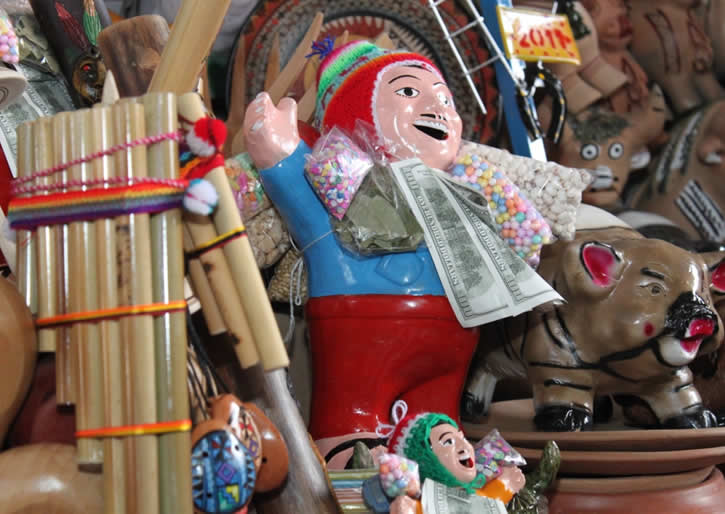
Cultural Background of the Ekeko
Meet de Ekeko in Cusco. He is an important part of the cultural heritage of Peru and also Bolivia, revered by many people in these countries. In fact, there is even an annual festival dedicated to the Ekeko, known as the Alasita Festival, which takes place in La Paz, Bolivia, and other cities throughout the region. During the Alasita Festival, people gather to buy miniature versions of the Ekeko and other good luck charms, such as miniature houses, cars, and money. Other miniature packages include basic need articles, household items, or diplomas.
The symbolism of the Ekeko
The Ekeko is a powerful symbol of prosperity and abundance, and he is often used in traditional Andean rituals and ceremonies. People in Peru and Bolivia believe that by offering small gifts and offerings to the Ekeko, they can ensure that they will be blessed with wealth, happiness, and good health and will attract good fortune, success, and prosperity in the coming year.
In addition to his role as a giver of prosperity, the Ekeko is also associated with fertility and reproduction. It is believed that by keeping a miniature version of the Ekeko in their homes, couples can increase their chances of conceiving a child. The Ekeko is also a symbol of generosity and sharing. In the Peruvian culture, it is customary to offer food and drink to the Ekeko as a way of thanking him for his blessings and for the abundance that he brings to the community.
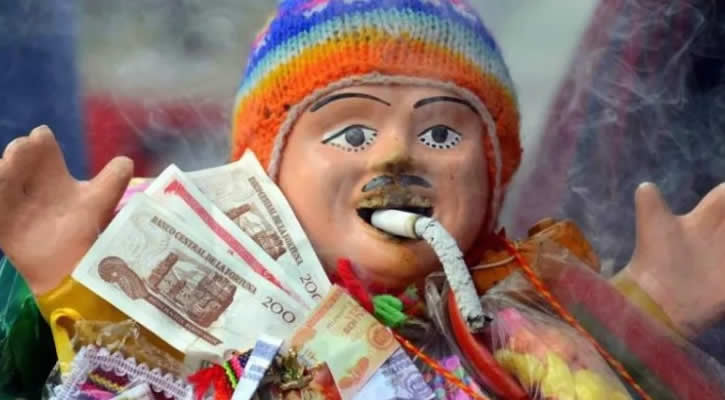
Modern Interpretations of the Ekeko
While the Ekeko has been an important part of the Andean culture for centuries, his meaning and significance have evolved over time. Today, many people in Peru and Bolivia view the Ekeko as a symbol of their cultural identity and heritage, and they take pride in displaying Ekeko dolls in their homes and businesses.
At the same time, the Ekeko has also taken on new interpretations in modern times. For example, some people see the Ekeko as a symbol of resistance against the forces of globalization and Westernization, which threaten to erode traditional Andean values and ways of life. Others view the Ekeko as a symbol of hope and resilience in the face of poverty and inequality. In this sense, the Ekeko represents the idea that even in difficult times, there is always the possibility of abundance and prosperity as long as people work together and support one another.
January 24 is the day of the Ekeko God in Bolivia, while in Peru, the main festival is celebrated on May 3 in the city of Puno. The concept of exchange and the offering of miniatures to a God of abundance goes back to the pre-Inca Tiwanaku culture of Bolivia (550 to 1000 AD).
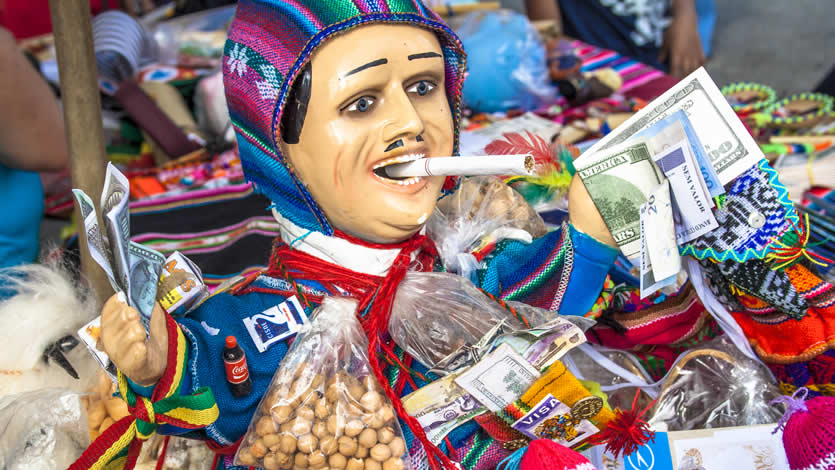
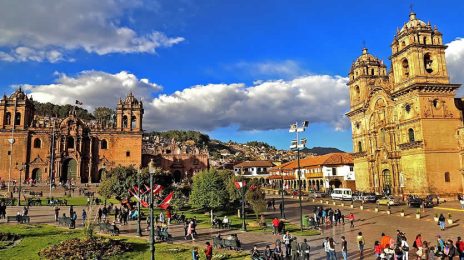

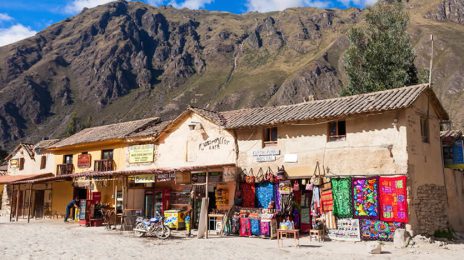
Leave a Reply